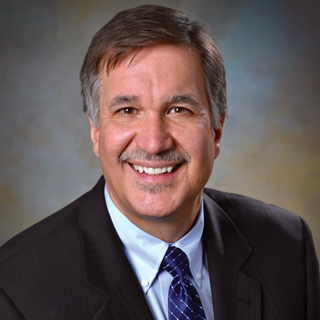
This past spring, we at Jewish Senior Life broke ground on a campus transformation project that will redefine home for our elders and revolutionize the way we deliver care. A major component of this initiative was our implementation of the Green House Project, a nationally accredited model of senior living that provides people with a real homelike living environment.
Our leadership team and board began the discovery process several years ago, exploring numerous alternative approaches to senior living to support our mission and focus of providing the highest quality of life and care for our elders. After concluding our evaluation process, we selected the Green House Project as our model due to its mission and ideals aligning with our values — working to ensure that our residents and families thrive in an atmosphere of respect, compassion and individuality. Our expanded campus in Rochester, NY will soon be one of the largest Green House operations in the country when we open in the fall of 2017.
As we prepared to “build for the future” and implement this transformation across all aspects of our organization, we carefully considered how some of the higher profile changes might affect how we organize our staff. We evaluated the future design of our living environments and best methods to train our staff to provide even more choice and autonomy for our elders. Here are three things we have learned.
-
Reorganizing staff. The model reorganizes staff and helps flatten the hierarchy of traditional nursing homes, so Certified Nursing Assistants are cross-trained and developed into a “universal worker” role. These universal workers operate in self-managed work teams and are responsible for personal care, dining, housekeeping and laundry.
At the Jewish Home of Rochester, we’ll be calling these workers “Adir”, which is Hebrew for majestic or strong, representing the noble role of these workers. The decentralization of work and self-managed work teams, complete with all supplies, equipment and resources located in each of the individual small homes, allows for the breakdown of departmental silos that you see in traditional nursing homes.
-
Designing the environment. The design of the actual living environment is key for properly implementing the Green House model. At Jewish Senior Life, our elders will live in actual homes with 12 elders, each with their own private rooms and bathroom/showers, while each home will have a fully functioning kitchen, den, living room, three-season porch and access to beautiful outdoor garden space.
-
Focusing on the elders. Person-centered care at Jewish Senior Life is all about helping our residents thrive in an atmosphere of respect, compassion and individuality.
For more than a century, we’ve been committed to providing programs and services that implement these values, caring for more than 2,000 people each year. With our continued focus on person-centered care, our campus will advance as a place where meaningful life takes place and relationships flourish.
Our plans to implement the Green House Project model have been in the works for several years now, and we’re very excited that those plans are finally underway.
Mike King is the President and CEO of Jewish Senior Life.




